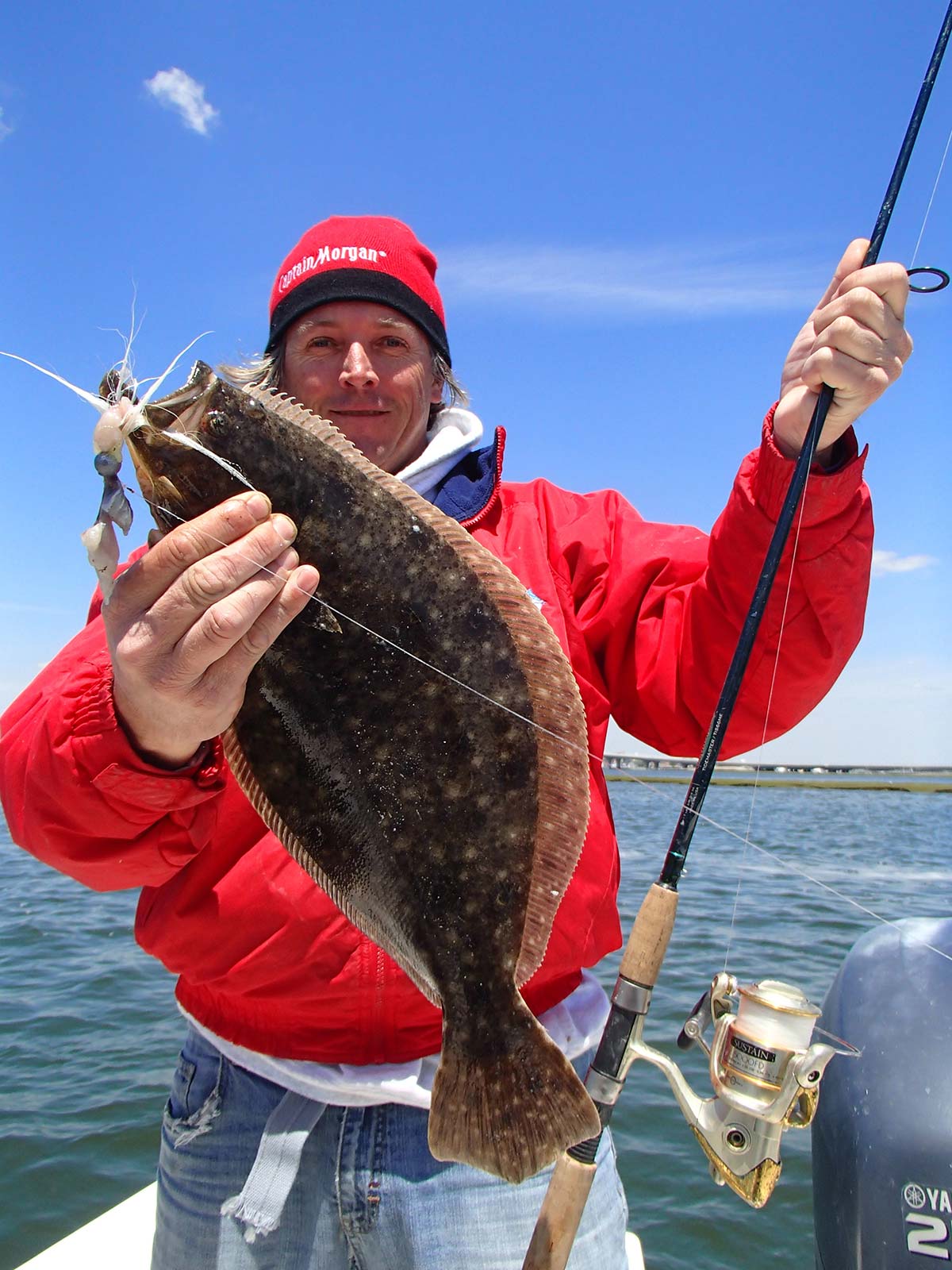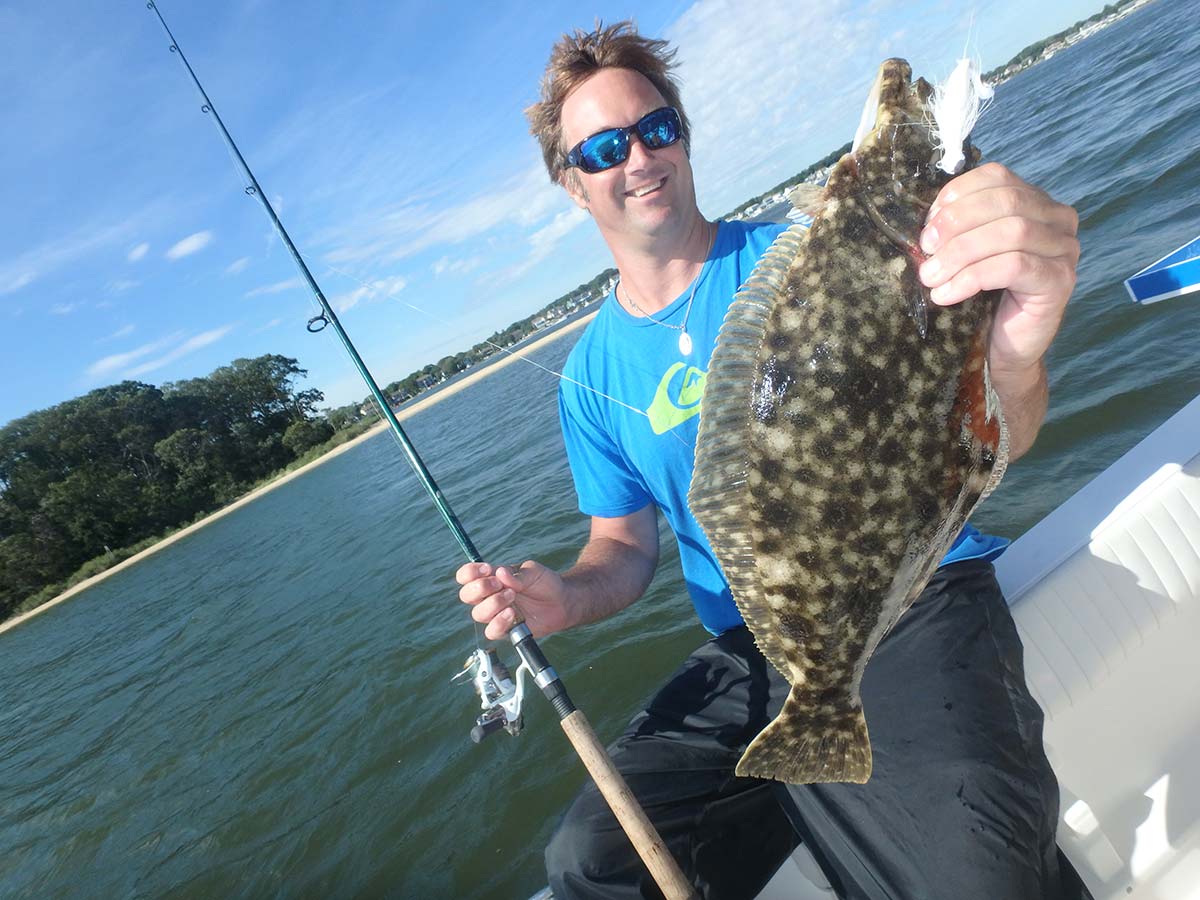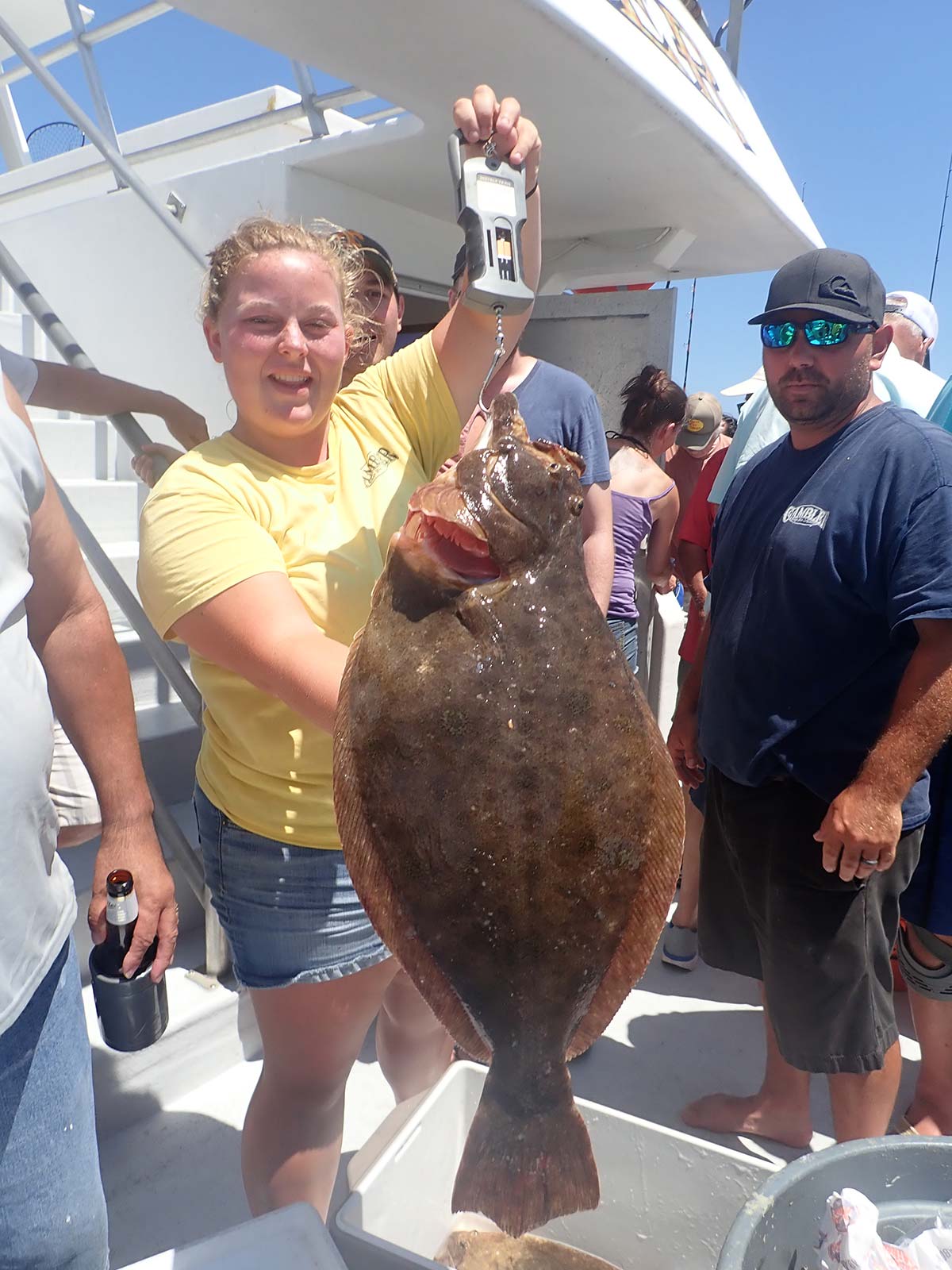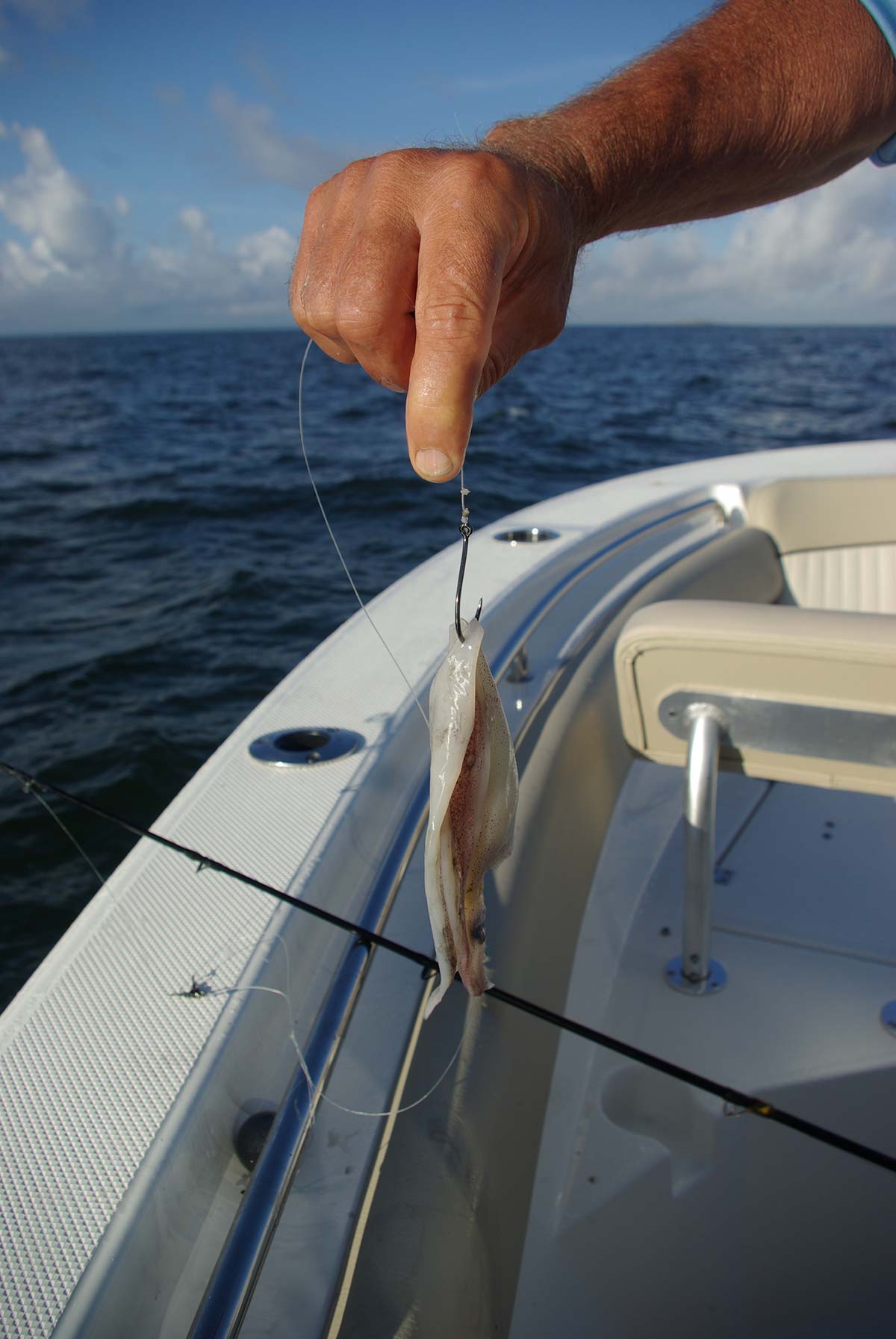
Fluke or flounder? As with the action itself, it all depends on where you’re fishing and when!
Oh man, this is going to be tough and a lot of feathers will be ruffled. The great debate of fluking in New Jersey – who’s got it better? North Jersey, Central Jersey or South Jersey? I think the easiest way to break this down is taking a trip throughout the season from May 22nd to September 19th, talking about areas as if we watch in realtime as the months roll on.
Opening Bell, Advantage South
Let it be known to start, summer flounder are already here, they’ve been here since April. Back in the day, seasons started in late April or early May and the backwaters were thick with summer flounder as anglers were lined with bent rods. With an opening day of May 22, theory is that fluke are definitely still laying thick in the back bays to focus upon your gameplan.
General arguments state that South Jersey shines bright at the early start of the season, and for good reason, as the vast, shallow bay expanses undoubtedly hold warmer waters and plenty of area for fluke to visit. Think Absecon Bay to Cape May, in areas like Great Bay, Little Egg Harbor, Absecon Bay, Ludlam’s Bay and Cape May Harbor. There are zillions of spots to fish that I won’t get into here in that vast stretch of coast, but for the main part, strategies should have you working waters that can run anywhere from 5 feet down to 20 feet for a good starting point.
Outgoing tides seem to spark the chew better as the sun has warmed up the back bays and as they spill out you can see a dramatic temp shift from 53 degrees on the cold incoming ocean water to 65 degrees on the outgoing warmed bay waters. Top tactics at this time of year with the shallow bay waters are using light 3/8- to 1/2-ounce bucktails tipped with a mackerel, bluefish strip or Berkley Gulp! 3 to 4-inch Swimming Minnow and a top 3/0 Octopus hook teaser on a dropper fixed with the same.
RUNNER UP – With a nod to the northern and central fluke grounds, don’t forget that river systems and bays exist here too, with the Navesink and Shrewsbury Rivers, Manasquan River getting some love in the early season, it’s just that the water temps are generally cooler up this way. Taking a quick look at The Fisherman’s reports for North Jersey in the May, 2020 edition of the magazine, the first reports of winter flounder starting to trade places with summer flounder were already reported in Shark River by the start of the month.

June/July, A Central Edge
Barnegat Bay and the Manasquan River system are lights out now. Water temps are generally averaging in the mid to high 60’s, up to the low 70’s into July. The 5- to 6-foot flats of upper Barnegat Bay off Oyster Creek Channel, Double Creek Channel, and near the 40 Marker hold better June activity; by July the fish are stacking along the channel edges in 9- to-18 feet of water. Southern LBI bayside and Tuckerton area waters such as off the Fish Factory and Grassy Channel are solid bets as well. In the Manasquan River, fish are found anywhere from Treasure Island through the Manasquan Inlet area along the ICW channel edges and into the bottom of the channel.
As July’s searing heat moves in, fish begin to make an exodus out to the oceanside, running through the Manasquan and Barnegat Inlets to set up on the inshore reefs, humps, lumps and ledges. Wallhoppers can easily catch keeper fluke from the concrete walls of Manasquan Inlet where jetty jocks can cast off both the north and south Barnegat Inlet rocks to score with solid flatfish.
In the back bay, try drifting with light bucktails again, bouncing over the flats, into the channels or dragging a fishfinder slide rig with a 24 inch, 25-pound fluorocarbon leader and size 3/0 Octopus hook fixed with spearing and a squid strip or 4-inch mackerel or bluefish strip. Inlets anglers will use larger baits on fishfinder slide rigs such as live spot, snapper blues or big killies.
RUNNER UP – Nod to the south towards the Wildwood backwaters along with Townsend’s Inlet Reef, Townsend’s Inlet and Corson’s Inlet where bay fluke make the run out to the ocean.

August, North/Central Leads
As most fluke spill out of the back, start looking at ocean depths ranging from 50 to 80 feet. Nearshore ledges and reef site in Central Jersey like the Barnegat Light Reef, Garden State North and South, Axel Carlson Reef, then northward to the Sea Girt Reef, the rocky glacial rock strewn areas off of Asbury Park such as the Rattlesnake, Klondike, and Elberon Rocks.
The ol’ tried and true three way swivel drift rigs with sand eels, squid and spearing baits work fine to glide over the contour ledges that act like rolling underwater hills providing cover for fluke to lay behind and suck down hapless prey as they get washed by the tide and current. Now’s the time to carpet-bomb the area with 1- to 3-ounce bucktails tipped with large 5- to 10-inch bait strips, working over the rocky areas, between boulders, through tire units, army tanks and over flat barges.
RUNNER UP – Nod to the Great Egg Reef, Ocean City Reef, Delaware Bay

Go Deep At The Closing Bell
In New Jersey, fluke action kicks off on May 22 and runs through September 19 with a three fish bag and 18-inch minimum size limit in most waters. For surfcasters at Island Beach State Park, there’s a special 17-inch minimum size limit and two fish bag. For those fishing on the Delaware Bay west of the COLREGS it’s a three fish bag and 17-inch size limit.
For Delaware anglers, there is no closed season on summer flounder, it’s open all year actually, with a four fish bag limit and 16-1/2-inch size limit.
Over in New York waters, the fluke season runs from May 4 through September 30, with a minimum size limit of 19 inches and a four-fish per person bag limit.
As a reminder, if you’re fishing across the borders in New York or Delaware, be sure to check each state’s official website to secure your license or registration to fish marine waters. For more information go to TheFisherman.com and type “Legalize It” into the search bar to find the full feature and corresponding links for 2021 Fishing License Renewal Time.
As September rolls around, fluke are now beginning to move offshore to start their migration out to the continental shelf to winter over. Anglers looking for doormats are focusing on waters 70 to 120 feet now. That depths can range out to 15 or 20 miles for those anglers dedicated to fluke, but more likely in the 5 to 10 mile range.
You don’t have to go that far though as Ambrose Channel in Raritan Bay spans 70- to 100-foot depths, out to the Sticks. The deep channel allows for massive freight tankers to draft through, but fluke also use it as a pathway out to the offshore grounds. Up north, the Shrewsbury Rocks, and Long Branch lumps in the 70- to 100-foot depths are hot, heading into Central Jersey, Manasquan Ridge and Barnegat Ridge, down to the south at the Atlantic City Reef, Deepwater Reef and the Old Grounds.
Large belly strips are top notch baits as they flutter through the water and attract doormat class fish waiting on the bottom to strike. Go with a slide rig again, but a shorter 24-inch leader while using a tandem slide hook rig to effectively stick on a 10- to 12-inch fluke belly or large Peruvian spearing or whole squid.
So who wins the great fluke debate in New Jersey? North, central or south? The way I see it, it’s not about necessarily what region is better than another, but what time of year you fish the region that matters most.



